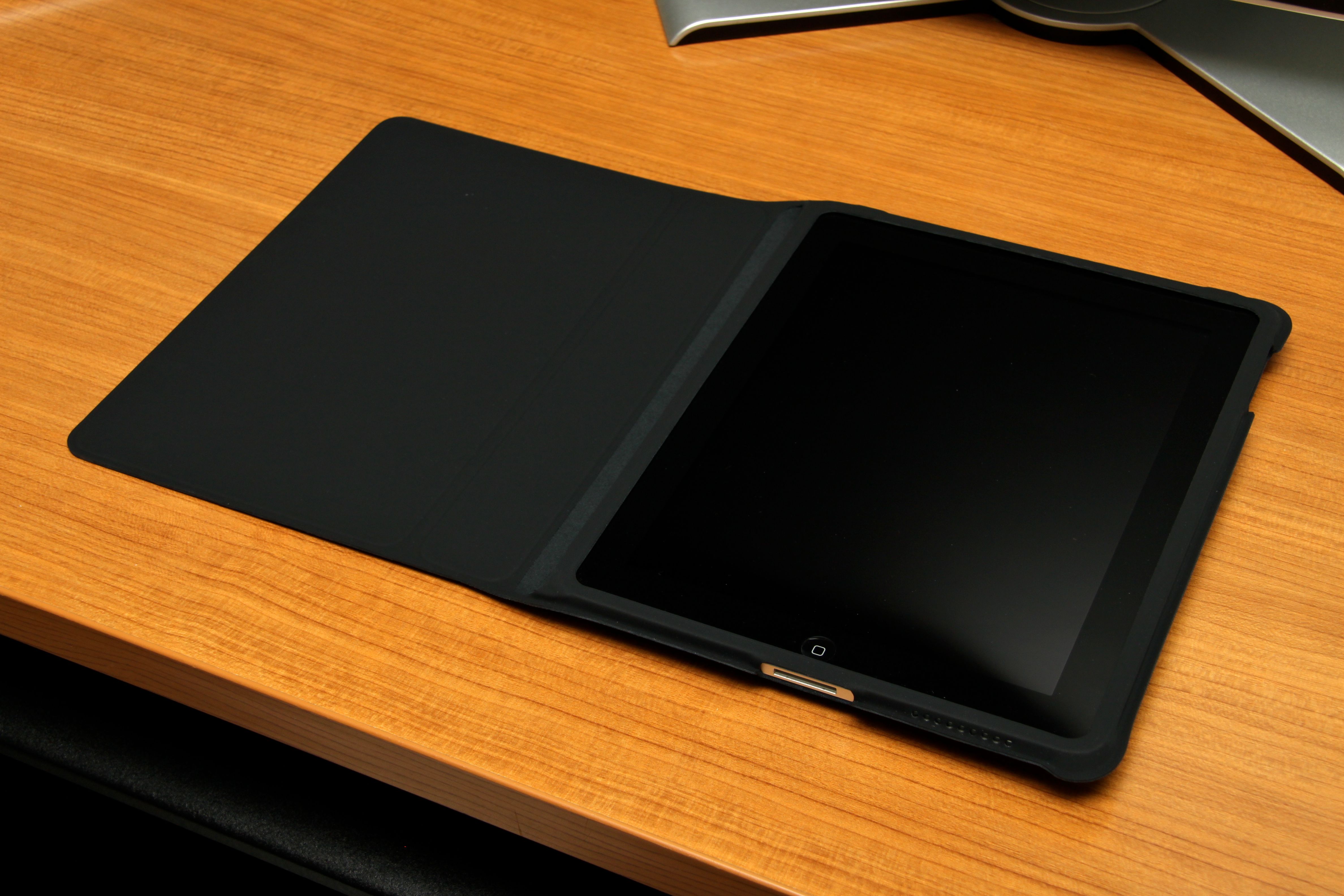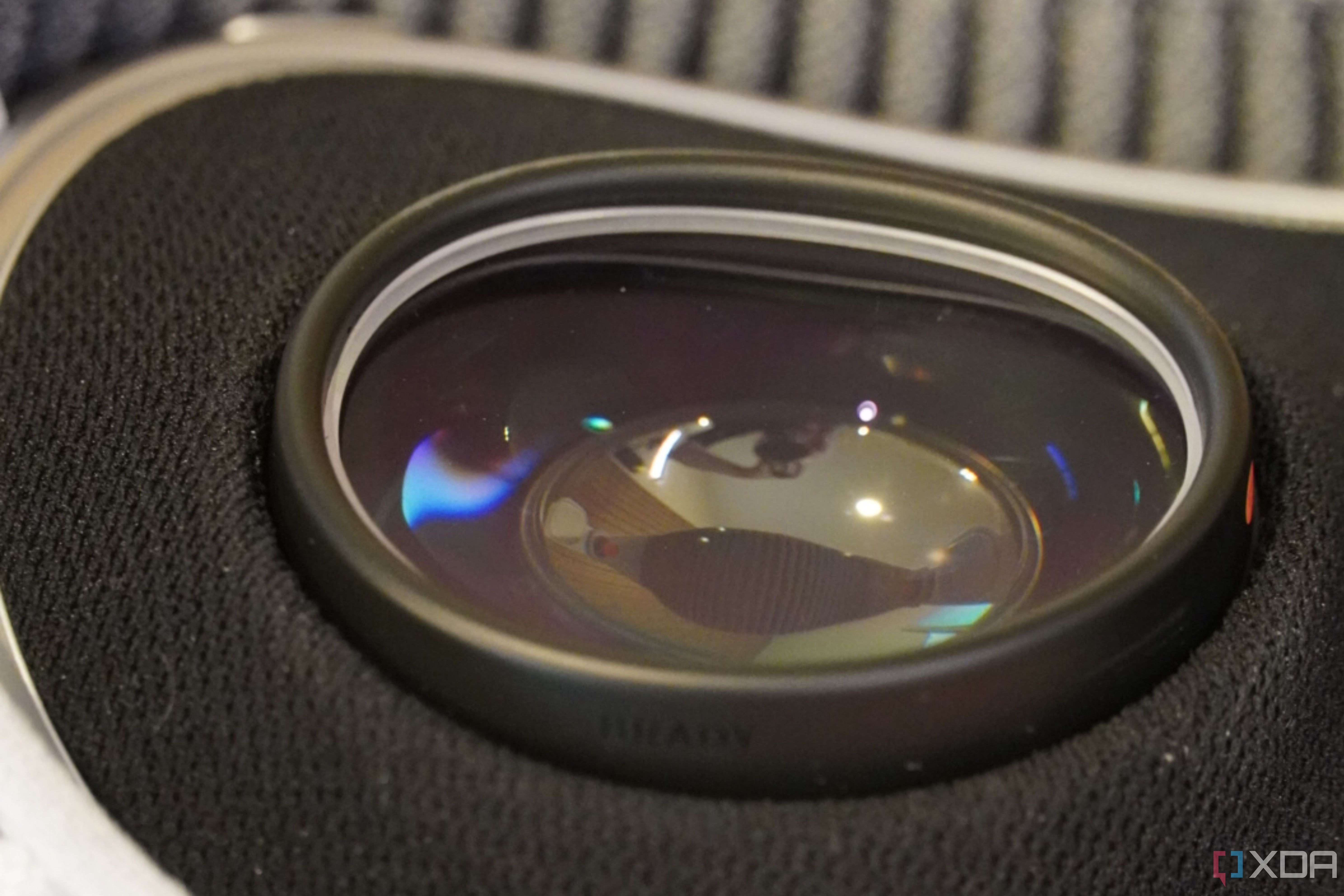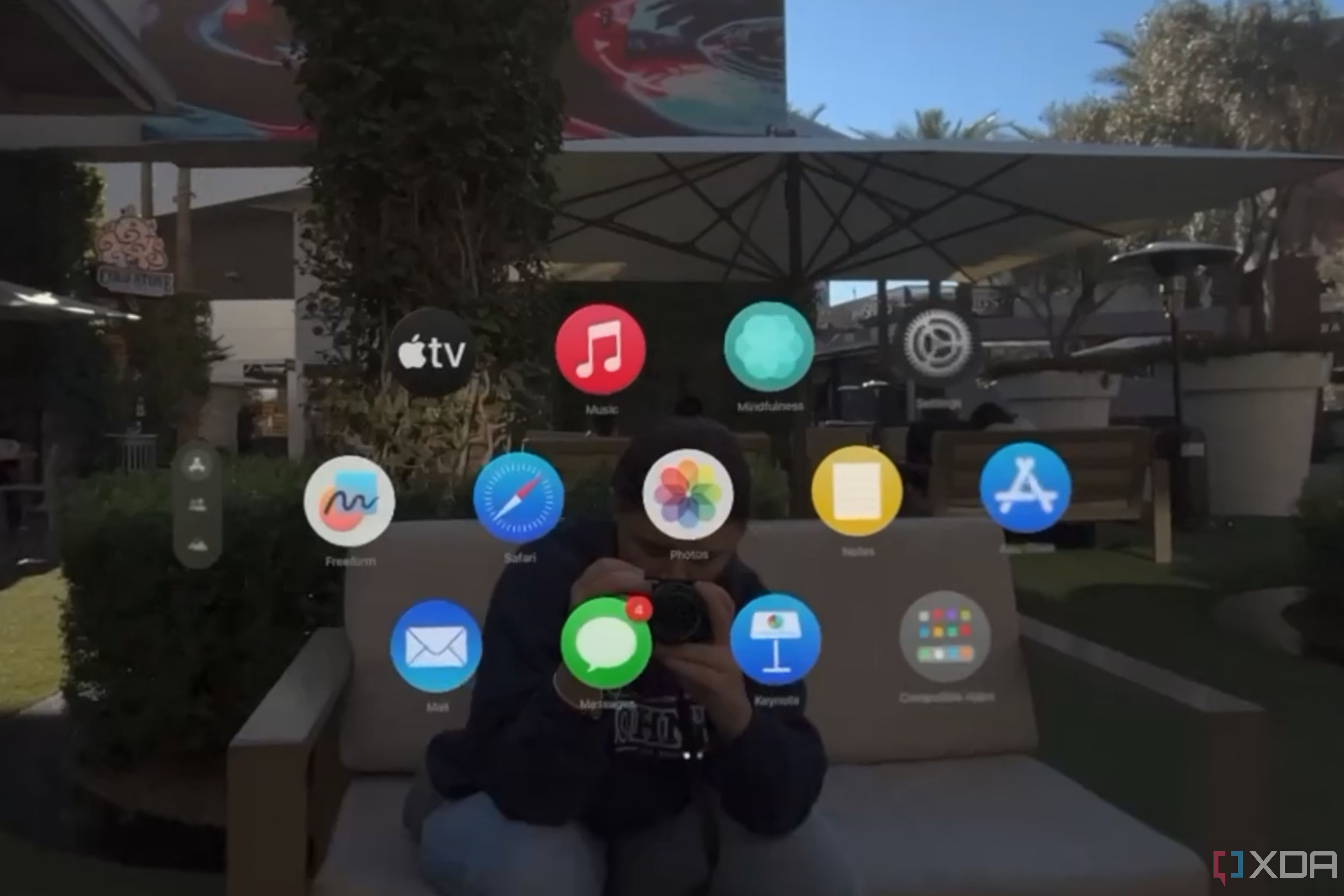Last month, Apple released its first mixed-reality headset, Apple Vision Pro. It’s been praised by some and heavily criticized by others, not unlike the other first-generation Apple products that have come before it. I bought one for myself, and I’ve seen firsthand how Apple Vision Pro is both a sneak peek at what the future might hold and an incomplete product in the present. That’s why if you’re considering buying Vision Pro, you might want to hold off on doing so until a second-generation version comes out. Though it might be a while before we see an Apple Vision Pro 2, it’ll likely be worth the wait.
Apple Vision Pro review: It’s a half-baked glimpse of the future
Spatial computing might be the future, but Apple Vision Pro is more of a proof-of-concept in its current state than a product people should buy.
6 Apple has a history of making big leaps
Second-generation products bring massive improvements over first-gen ones
Perhaps the best indicator of a company’s future is its past history, and Apple has a proven track record of making monumental leaps with the second-generation versions of new product lines. Most recently, we can see this with the iPad and the Apple Watch. When the original iPad was released in 2010, it lacked a large quantity of third-party apps, processing power, and cameras. The second-generation iPad followed it up less than a year later, adding an A5 system-on-a-chip twice as fast, front and rear-facing cameras, and much better software. Similarly, the Apple Watch Series 2 added water-resistance up to 50 meters to the original Apple Watch.
On this day 14 years ago, Steve Jobs unveiled the first-gen iPad
And the iPad single-handedly brought tablets to the forefront of the tech industry
If Apple Vision Pro 2 is even half as much of an improvement as the second-generation versions of those two products were, it’ll be a massive upgrade. Apple has a history of offering better features, increased software support, and lower prices of entry in the follow-up generations to new product lines. This track record is one of the biggest reasons to hold out for Apple Vision Pro 2.
5 The price
It’s possible Apple could cut costs for a second-generation version
The price of Apple Vision Pro is the most obvious deterrent to potential buyers, since it costs more than some used cars. At $3,500, it’s an extremely tough sell. But it stands to reason that the price can only come down from here, and it’s possible that Apple Vision Pro 2 comes in at a more manageable price point. Plus, it’s not a coincidence that this new, $3,500 headset is named Apple Vision Pro. It’s likely that Apple will release an “Apple Vision” headset at some point at a lower price. We don’t know if the next Apple Vision Pro will be that lower-cost model, but it’s still worth waiting for.
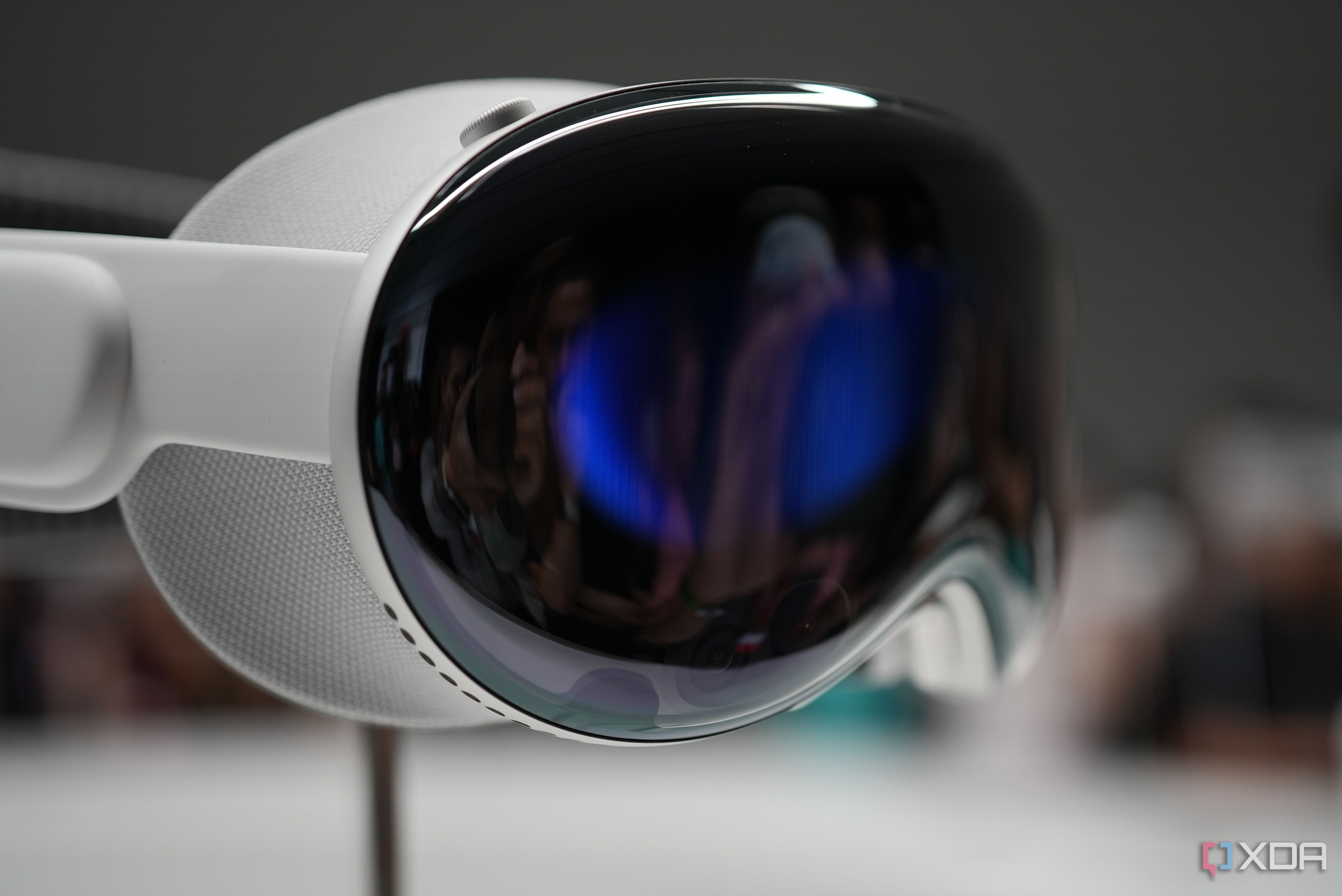
4 most surprising things from the Apple Vision Pro teardown
iFixit has published a teardown of Apple Vision Pro, and there’s so much to unpack. Here’s what surprised us the most.
4 Size and weight
There’s a lot of room for Apple to improve here
Other aspects of Apple Vision Pro that are only likely to go down are the headset’s size and weight. I’m in the minority of people that, with the right Light Seal and an adjusted Solo Knit Band, find Vision Pro to be somewhat comfortable. However, it still feels heavy compared to other VR headsets. The current Apple Vision Pro also uses a tethered battery pack, and it does get annoying to use.
In fact, I’ve flung the tethered battery pack on the ground a number of times while using Vision Pro, as it’s easy to forget when you’re immersed in spatial content. It’s worth waiting for a Vision Pro model that’s smaller, lighter, and has an internal battery. Apple might not check all of those boxes with the next generation of Vision Pro, but it will probably improve those aspects of the device.
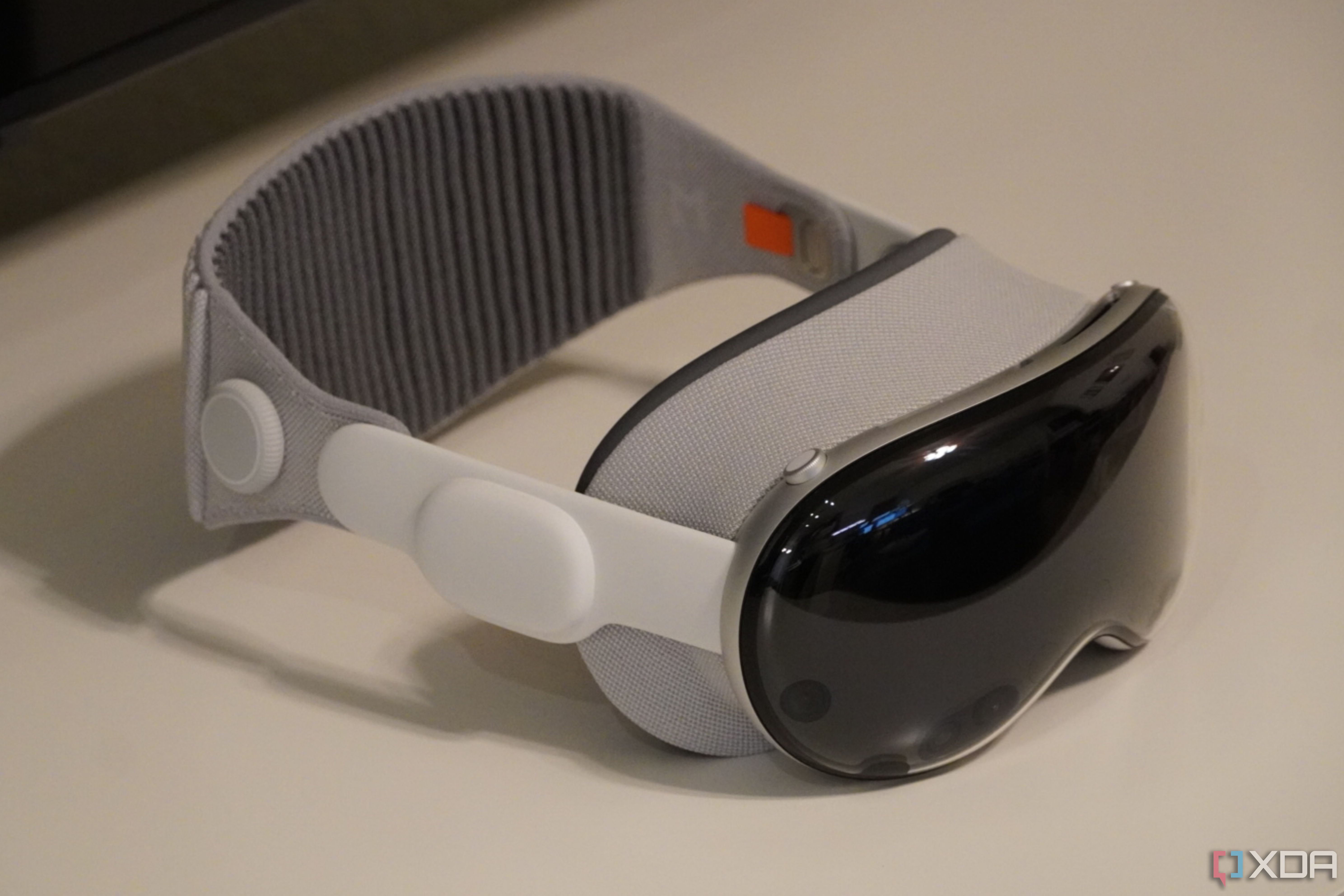
5 reasons people are returning their Apple Vision Pro
Apple Vision Pro buyers have flocked to social media, explaining why they returned the expensive headset. What’s going wrong?
3 Hardware improvements
Apple Vision Pro could still use better cameras and displays
While it’s true that Apple Vision Pro represents some of the best that mixed-reality technology has to offer in 2024, it’s still not perfect. Two glaring examples of this are the Vision Pro headset’s cameras and displays. The cameras still suffer from issues like motion blur, overexposure, and lack overall detail at times. Passthrough video is good enough to make you feel like you’re still in your real-world environment, but it’s still obviously apparent that you’re looking at screens with video captured by cameras.
The displays have a few issues of their own, too. The resolution of 4K per eye looks great on paper, but lacks the pixel density of screens you’re probably used to. That’s because, although the displays are tiny, they take up more of your field-of-view than a phone or computer monitor. Speaking of Apple Vision Pro’s field-of-view, it’s shockingly small. You can also sometimes see internal lens glare, or the effects of foveated rendering. In all, these hardware limitations dilute the Vision Pro experience, and you might want to wait for Apple to fix some of these problems in a second-generation model.
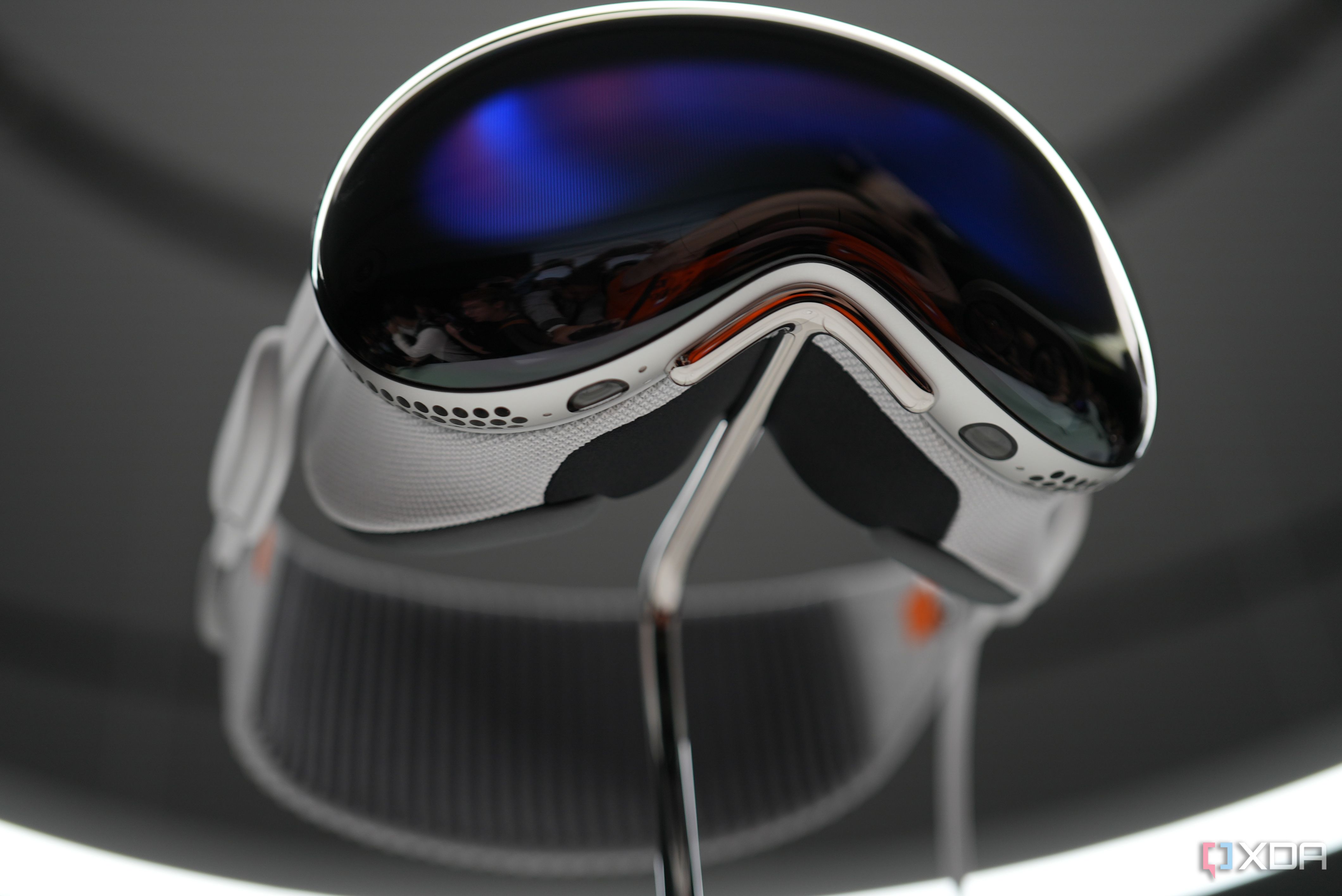
Apple’s Vision Pro is going to spearhead improved AR eyewear in 2024
Apple’s Vision Pro headset is likely too expensive for most people. But it will lead to a surge in superior AR eyewear from other brands
2 Processors
M2 is already outdated, and who knows what “R2” could bring
Though the M2 system-on-a-chip was the newest Apple had to offer when it announced Vision Pro, it isn’t the latest and greatest anymore. Apple released the M3 SoC last year, and it brought performance gains of about 15% over the M2 chip. It’s especially capable of graphics-based tasks, since M3 supports hardware-accelerated ray tracing. Presumably, these improvements will translate to the Apple Vision Pro headset, which has to render graphics in as close to real time as possible. It has the R1 co-processor for that, too. A new chip — whether it be the M3 or M4 SoC — plus an R2 co-processor could significantly improve performance on an Apple Vision Pro 2.
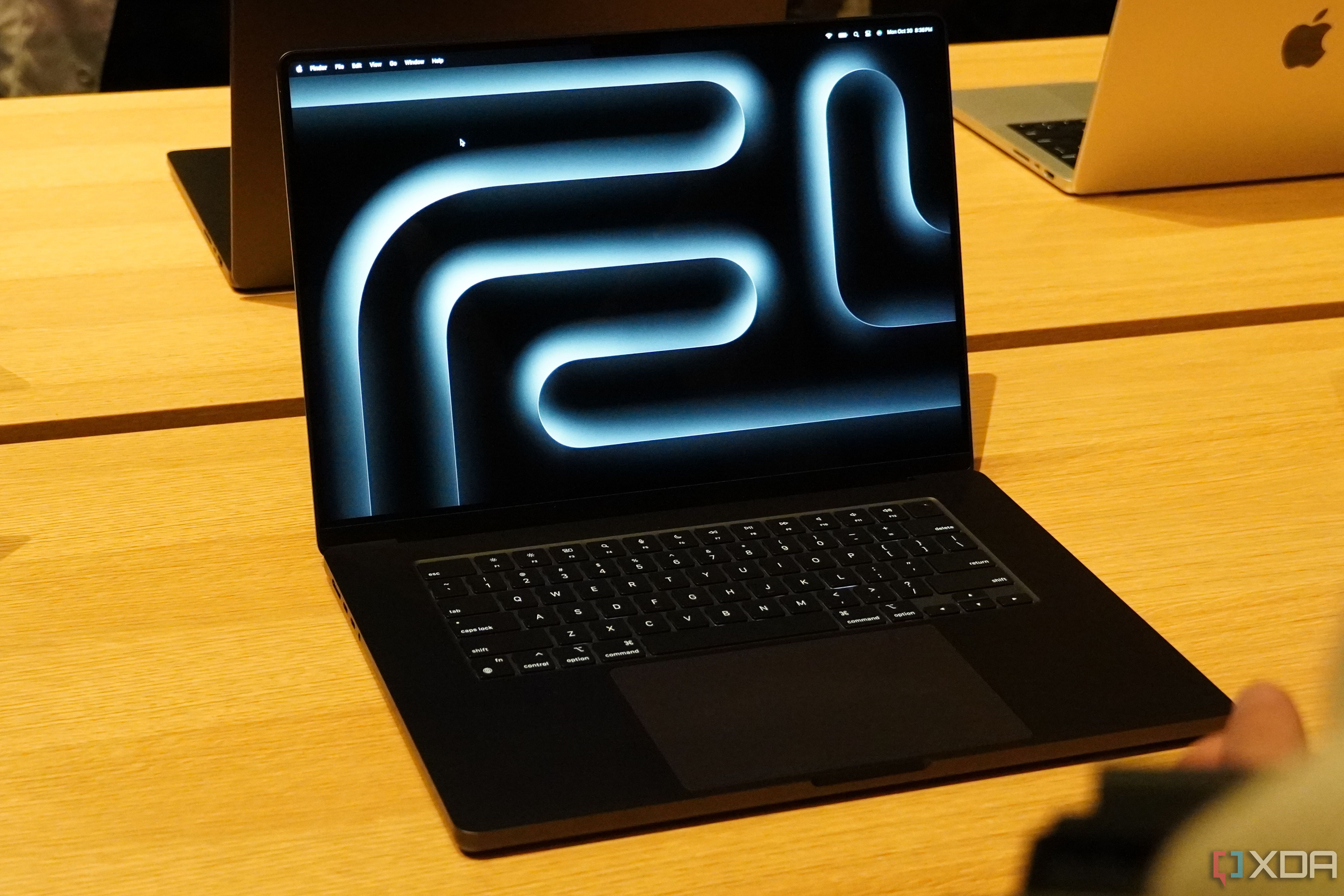
Apple M3 vs. M2: Major changes, upgrades, and downgrades
Apple’s M3 chips are pretty powerful, but what are the actual changes when compared to the M2 series?
1 visionOS 2.0
You can give Apple ample time to iron out the wrinkles
Software bugs are sort of a guarantee with first-generation Apple products, and that includes Apple Vision Pro. There are a handful of significant issues in the early versions of visionOS that should be fixed in time for an Apple Vision Pro 2 release. The most annoying one I’ve run into is an “input temporarily not working error,” which happens when Vision Pro loses connection with a Mac in virtual display mode. There are a bunch of other problems as well, like freezing, operating system resprings, and issues booting up. App support for visionOS is limited for now, too. An underrated perk of waiting for Vision Pro 2 is getting a more polished version of visionOS with it.
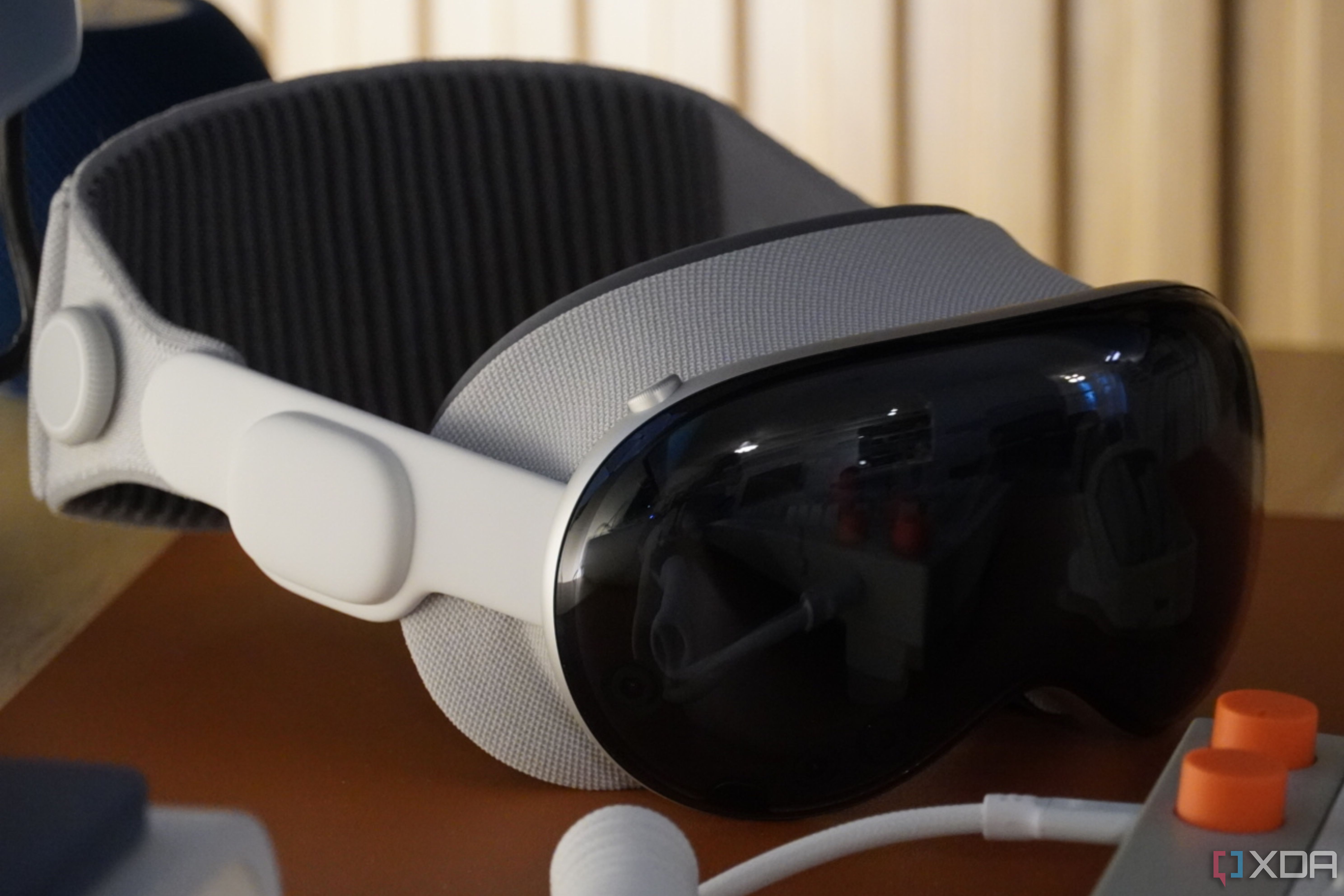
5 disappointments after a week of using Apple Vision Pro
Vision Pro is a first-generation game changer. That means there are just as many disappointments as there are revolutionary features.
Should anyone buy Apple Vision Pro now?
According to Bloomberg’s Mark Gurman, a second-generation version of the Apple Vision Pro headset is “at least” 18 months from release. If you end up waiting, you’ll likely get a product that is a far better value than the Vision Pro we have today. With that being said, if you’re an early adopter that understands Vision Pro probably won’t be worth $3,500, it might be a decent purchase. I primarily bought Vision Pro for work — both to write about it and to use it for content creation — and probably wouldn’t have purchased it otherwise. From a tech enthusiast’s perspective, it’s fun to try out the bleeding edge of the industry. But from a more logical view, it makes more sense to wait for an Apple Vision Pro 2 to debut in a year or two.

Apple Vision Pro
Apple Vision Pro is the first spatial computer from Apple, featuring two 4K displays, M2 and R1 chips, and visionOS.
